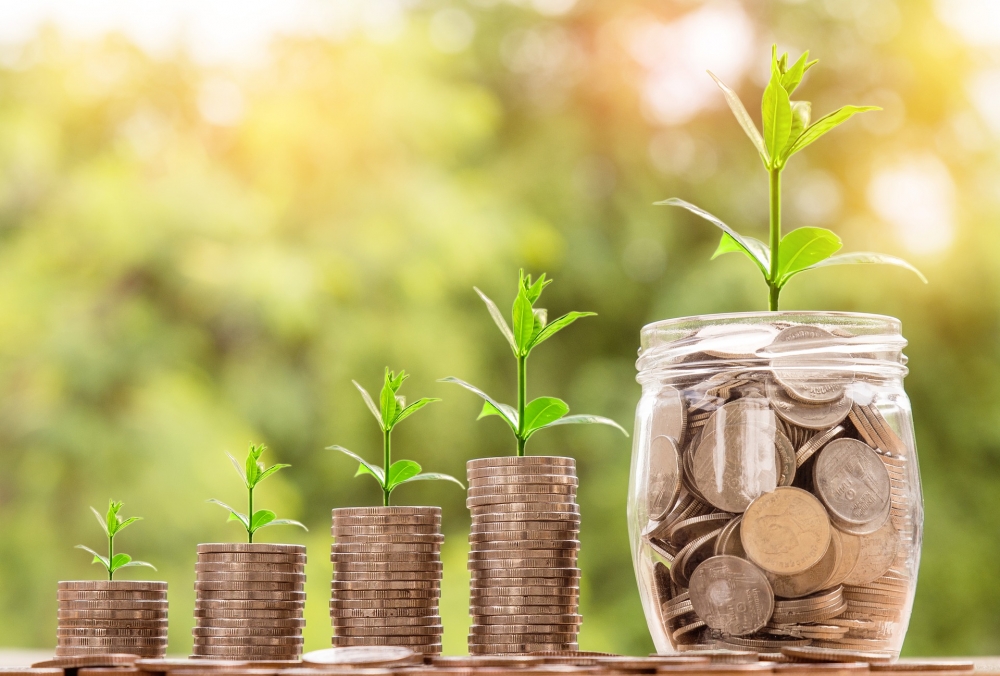What impact investments mean for achieving SDGs

In a new report, IFC estimated that the potential market for impact investors could be as high as $26 trillion.
There is still a lot to unpack around impact investing, but the report, Creating Impact: The Promise of Impact Investing, is the most comprehensive and thorough assessment of the global market. It describes impact investors as not only seeking strong financial returns, but to generate positive impacts for society.
According to the report, as much as $268 trillion - the financial assets held by institutions and households across the world – are available to invest with. If just 10 per cent of this pool was invested into more socially and environmentally conscious outcomes, it would dramatically contribute to the achievement of the Sustainable Development Goals, as well as supporting the overall goals of the Paris agreement.
In public markets involving stocks and bonds, the report estimates that investor appetite could be as much as $21 trillion. An additional $5 trillion could come from private equity, nonsovereign debt, and venture capital. Turning this appetite into actual investments will depend on the creation of investment opportunities and investment vehicles that enable investors to pursue impact and financial returns in ways that are sustainable.
On 12th April, the IFC announced that 60 investors, including Amundi, AXA and Zurich, have adopted the Operating Principles for Impact Management. The principles require not only aligning investments with impact goals, but to develop a thesis on how the desired impact will be achieved, bringing greater transparency, credibility and discipline to the market.
Collectively, the 60 organisations adopting these new principles hold $350 billion in assests invested for impact. By committing to adhere to these new principles, there is a clear common market standard for what constitutes an impact investment, addressing concerns about “impact-washing.”
IFC CEO, Philippe Le Houérou, said:
“We believe there is now potential to bring impact investing into the mainstream. Our ambitions are very high – we want much more money managed for impact because there’s no time to lose to deliver on the billions to trillions agenda.”
Many younger investors are becoming more conscious about how they channel their funds. Often, they are not only motivated by financial returns, but by social and environmental change. This attitude is pivotal in the growing market for impact investors. Accenture have estimated that over the next decade, in North America alone, at least $30 trillion in wealth will be transferred from Baby Boomers to Generation X and Millennials.
While there are worries that impact investments don’t return financial gains, IFC have demonstrated that it is possible to achieve significant development impact while generating solid financial returns. On average, IFC’s realized equity returns outperformed the MSCI Emerging Market Index from 1988 through 2016.
Join us for the 11th Annual AIDF Global Summit in Washington D.C, USA on 4-5 September 2019 to discuss infrastructure.
If you’d like to stay informed on the latest updates in aid and development, please sign up for the AIDF newsletter.














